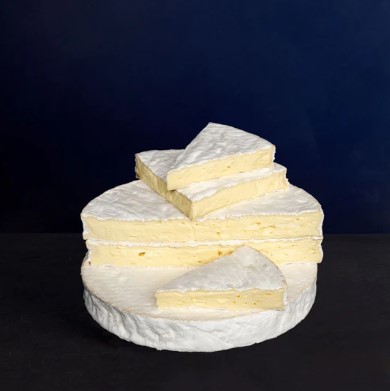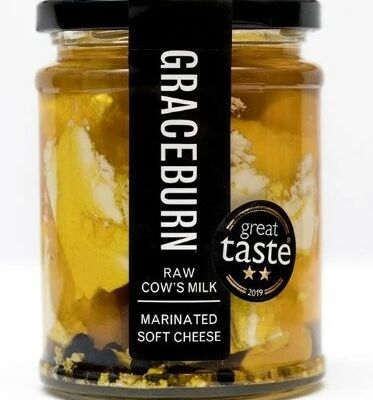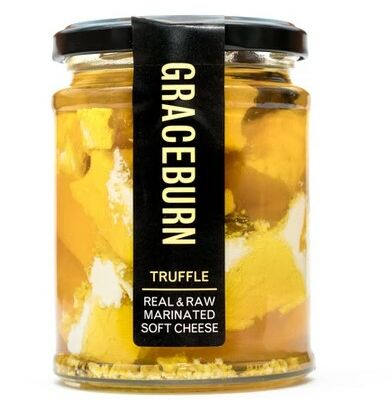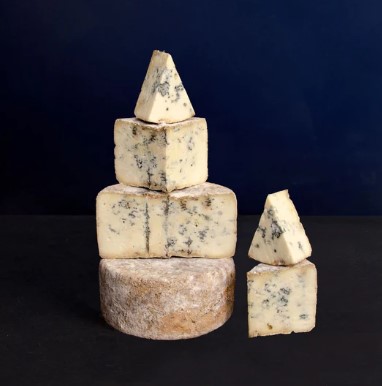- You cannot add "Graceburn Chilli & Lemon" to the basket because the product is out of stock.
COLSTON BASSETT STILTON
£16.99 – £175.00
Stilton is one of Britain’s best known cheeses and this Colston Bassett Stilton is made to a specific recipe for us, with an ideal balance of fruity blue veins and creamy paste.
While Stilton is one of Britain’s best known cheeses, it is only made by six producers. Of these, the co-operative in the village of Colston Bassett, Nottinghamshire, is one of the smallest. It takes its milk from five farms located within in one and a half miles of the dairy, some of whom are shareholders in the business.

While Stilton is one of Britain’s best known cheeses, it is only made by six producers. Of these, the co-operative in the village of Colston Bassett, Nottinghamshire, is one of the smallest. It takes its milk from five farms located within in one and a half miles of the dairy, some of whom are shareholders in the business.
Apart from a brief hiatus during the second world war when the dairy was obligated to make ‘national cheese’ (a harder Colby-style cheese), Stilton has been made at the Colston Bassett & District Dairy since 1913. During this time, there have only been four cheesemakers: Tom Coy, Ernie Wagstaff, Richard Rowlett, and now Billy Kevan. This might help to explain why this Stilton has changed less over time than any other. One of the principal differences is that the curds are hand-ladled, a time-consuming and painstaking process, but one that helps to preserve the structure of the curd. The resulting cheeses are more buttery in texture than that of mass-produced Stiltons.
Because of customer demand during the BSE scare of 1996, Colston Bassett was advised to use a vegetarian coagulant instead of the animal rennet they had always used. We found the cheeses to be less complex in flavour, and in 2000 we asked them to do a trial for us with two main differences: first the use of animal rennet and second that the cheeses be less-blue and longer ripened than the other cheeses they make.
This latter change gives the cheese a less pronounced blue flavour, while the animal rennet lends the cheese a richer, more complex, and more long lasting flavour. The sticky pink rind is edible, if you like the taste.
Milk: Pasteurised Cow’s Milk,
Coagulant: Animal Rennet
Additional information
| Size | Whole, Half, Quarter, Eighth, Sixteenth |
|---|





